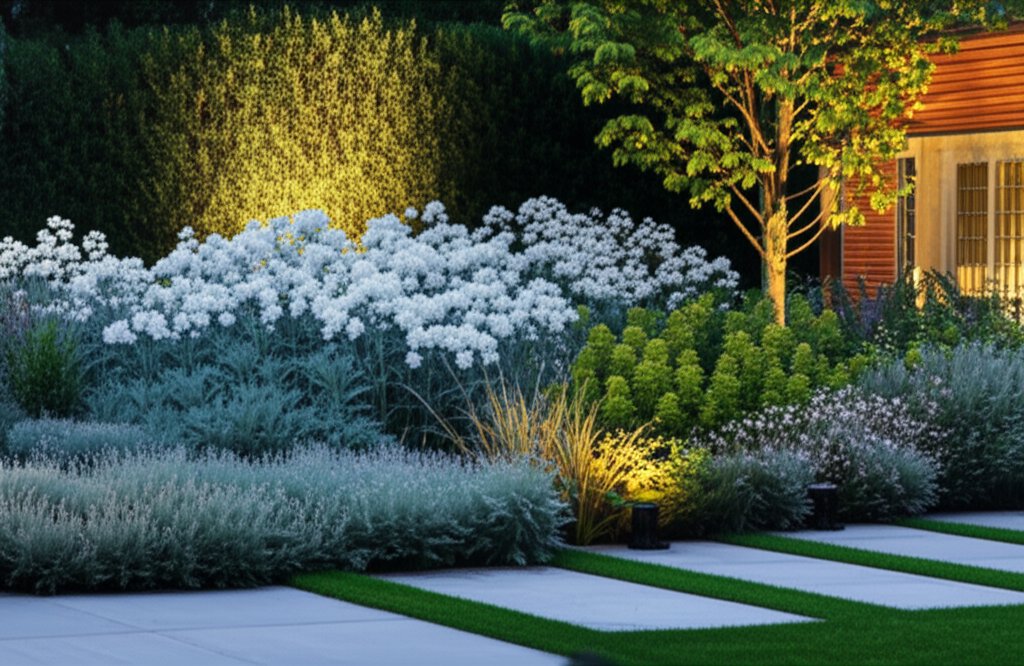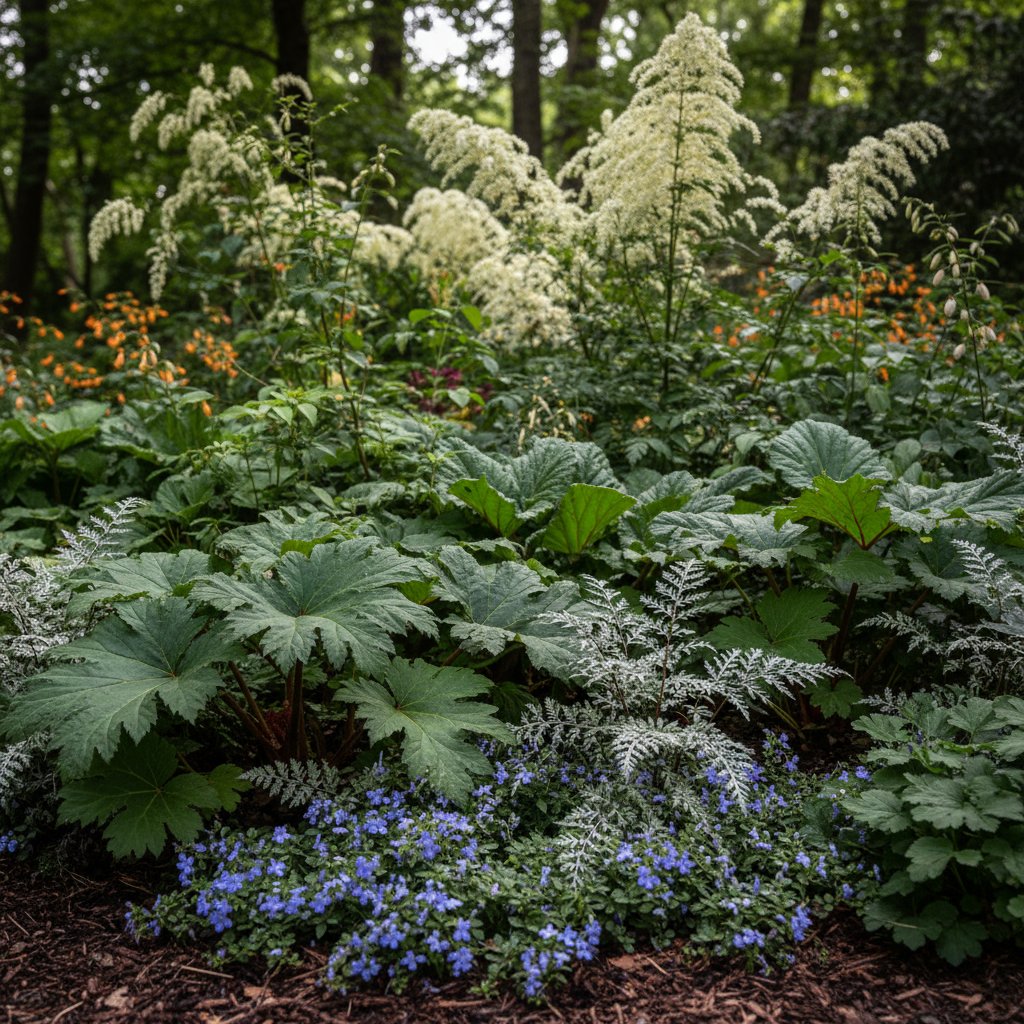Understanding Moon Gardens
Moon gardens offer a subtle glow in the evening, relying on pale foliage and nocturnal blooms rather than vivid hues. These spaces come alive under moonlight, creating a serene atmosphere that invites quiet reflection. Gardeners appreciate how such designs highlight natural luminosity without artificial brilliance.
The concept draws from traditional landscapes that emphasize tranquility after dusk. Pale colors reflect ambient light effectively, while fragrant flowers enhance the sensory appeal. This approach suits urban and rural settings alike, providing beauty that unfolds as daylight fades.
Selecting Plants for Evening Illumination
Choose plants with white or silver leaves to capture moonlight. Lamb's ear provides soft, velvety texture that shimmers gently. Artemisia adds feathery, silvery fronds that sway in the breeze, contributing to a ethereal look.
Incorporate night-blooming flowers for dynamic interest. Moonflowers unfurl large, white petals at twilight, releasing a sweet scent. Evening primrose opens yellow blooms that appear pale under the moon, attracting pollinators like moths.
Consider structural elements as well. Hostas with variegated leaves offer ground cover that glows softly. Nicotiana, or flowering tobacco, produces tubular white flowers that perfume the air during warm nights.
Layering for Depth
Arrange plants in layers to build visual depth. Place taller specimens like white datura at the back, where their trumpet-shaped blooms can arch gracefully. Mid-level shrubs such as white hydrangeas provide fullness without overwhelming the space.
Ground-level options include white alyssum, which spreads low and releases honey-like fragrance. This layering ensures the garden feels balanced, with each tier contributing to the overall luminescence.
Design Principles for Balance
Position elements to maximize natural light reflection. Curve pathways with pale gravel or white stepping stones to guide visitors through the space. These surfaces bounce moonlight, illuminating the way without harsh glare.
Incorporate water features for added serenity. A small fountain or reflecting pool mirrors the sky, amplifying the garden's glow. Surround it with pale iris or white water lilies that open in the evening.
Furniture selection matters too. Opt for benches in light wood or stone that blend seamlessly. Place them near fragrant clusters to encourage lingering, turning the garden into a personal retreat.
Harmonizing Light and Shadow
Balance illumination by avoiding overplanting in shaded areas. Prune branches to allow moonlight to filter through, creating patterns on the ground. This interplay of light and shadow adds intrigue without needing supplemental lighting.
If subtle enhancement is desired, install low-voltage path lights in cool tones. These mimic moonlight and highlight key plants without dominating the scene. Solar-powered options ensure energy efficiency and ease of maintenance.
Enhancing Sensory Experiences
Fragrance plays a central role in moon gardens. Jasmine vines climb trellises, blooming white stars that fill the air with exotic aroma after sunset. Pair them with night phlox, whose spicy scent intensifies in the cool evening.
Texture invites touch. Plant groups of dusty miller for its fuzzy, silver leaves that feel soft underfoot or hand. This tactile element deepens engagement, making the garden a multi-sensory haven.
Sound contributes to the ambiance. Include rustling grasses like white pampas for gentle whispers in the wind. A nearby wind chime in muted tones can punctuate the quiet, fostering relaxation.
Practical Steps for Implementation
Start by assessing your space. Measure the area and note sun exposure patterns, as many pale plants tolerate partial shade well. Sketch a layout that zones for different experiences, such as a fragrant corner or a reflective seating nook.
Prepare the soil with organic matter to support root health. Most selections prefer well-drained conditions, so amend heavy clay if necessary. Plant in spring or fall for establishment before peak seasons.
- Select a focal point, like a white-blooming tree such as a flowering dogwood.
- Plant perennials in clusters for impact.
- Mulch with light-colored bark to retain moisture and enhance glow.
- Water deeply but infrequently to encourage deep roots.
- Monitor for pests, using natural methods to preserve the organic feel.
Maintenance remains straightforward. Deadhead spent blooms to prolong flowering. Divide overcrowded perennials every few years to keep vigor high. This routine ensures the garden thrives year after year.
Cultivating Lasting Evening Serenity
Moon gardens transform ordinary evenings into moments of wonder. They invite connection with nature's quieter side, offering respite from daily bustle. As you wander these luminous paths, the subtle beauty reveals itself, rewarding patience and thoughtful design.
Such spaces not only beautify your landscape but also support nocturnal wildlife. Pollinators find nectar sources, while the pale palette creates a welcoming habitat. Embrace this approach to enjoy a garden that truly shines when the sun sets.



